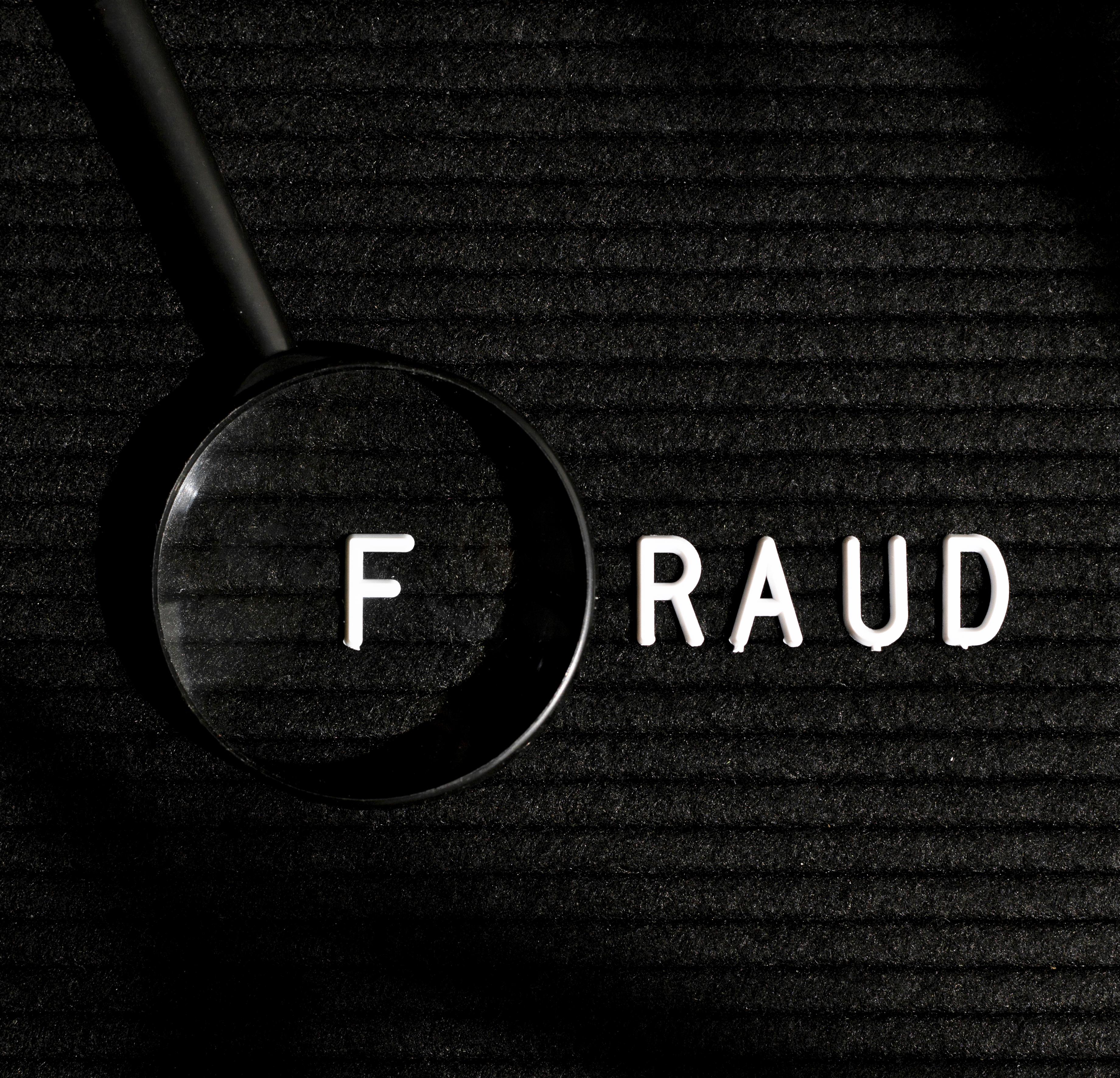Fraud Risk Management

Fraud risk management is an increasingly important process in many corporate organizations and requires a strong management and governance structure. A strong governance structure in an organization serves as a line of defense to respond to a range of corporate issues. A strong governance structure means a strong Board of Directors, including executive and non-executive directors from a variety of specialized backgrounds such as finance, audit, risk management, human resources, information technology and business.
Preventing fraud, external pressures on individuals were chief among them. Ineffective internal controls were also a factor. While one size does not fit all, a comprehensive plan that includes key internal functions can be an important step in preventing and detecting internal fraud. In addition to the internal audit mentioned earlier, the involvement of the Human Resources function is critical to fraud prevention. A strong recruitment phase, including pre-employment screening, is an important investigative measure. This entails verifying that the information provided by a prospective employee is accurate and complete. The results are used to make an informed decision about the applicant's suitability for a particular vacancy. It can also serve as a preventive measure, deterring dishonest individuals from applying in the first place.
Risk Assessment;
Risk assessment involves assessing the risks of bribery and corruption involving customers and third parties who purchase the organization's goods or services. The risks of corruption and bribery increase when customers are from diverse backgrounds and different jurisdictions, especially high-risk jurisdictions as declared by the FATF. Such diversified clients may be from countries that have been declared high risk for bribery and corruption. The ABC officer decides on the areas, processes and frequency of regular compliance risk reports to line managers and senior management. Based on the anti-bribery and corruption reports, the ABC officer should report observations and findings to the anti-bribery committee and the Board, with appropriate analysis of bribery and corruption risks in the organization.
At the time of onboarding clients, compliance and account opening officers should vet clients to establish a true and current risk profile. The clients' risk profile should then be used for ongoing monitoring and analysis of clients' transactions. Organizations should create scenarios to identify transactions and activities that may increase the risk of bribery and corruption.
Request Demo
You can contact us as to our services, integration processes, request demo or customized solutions.

